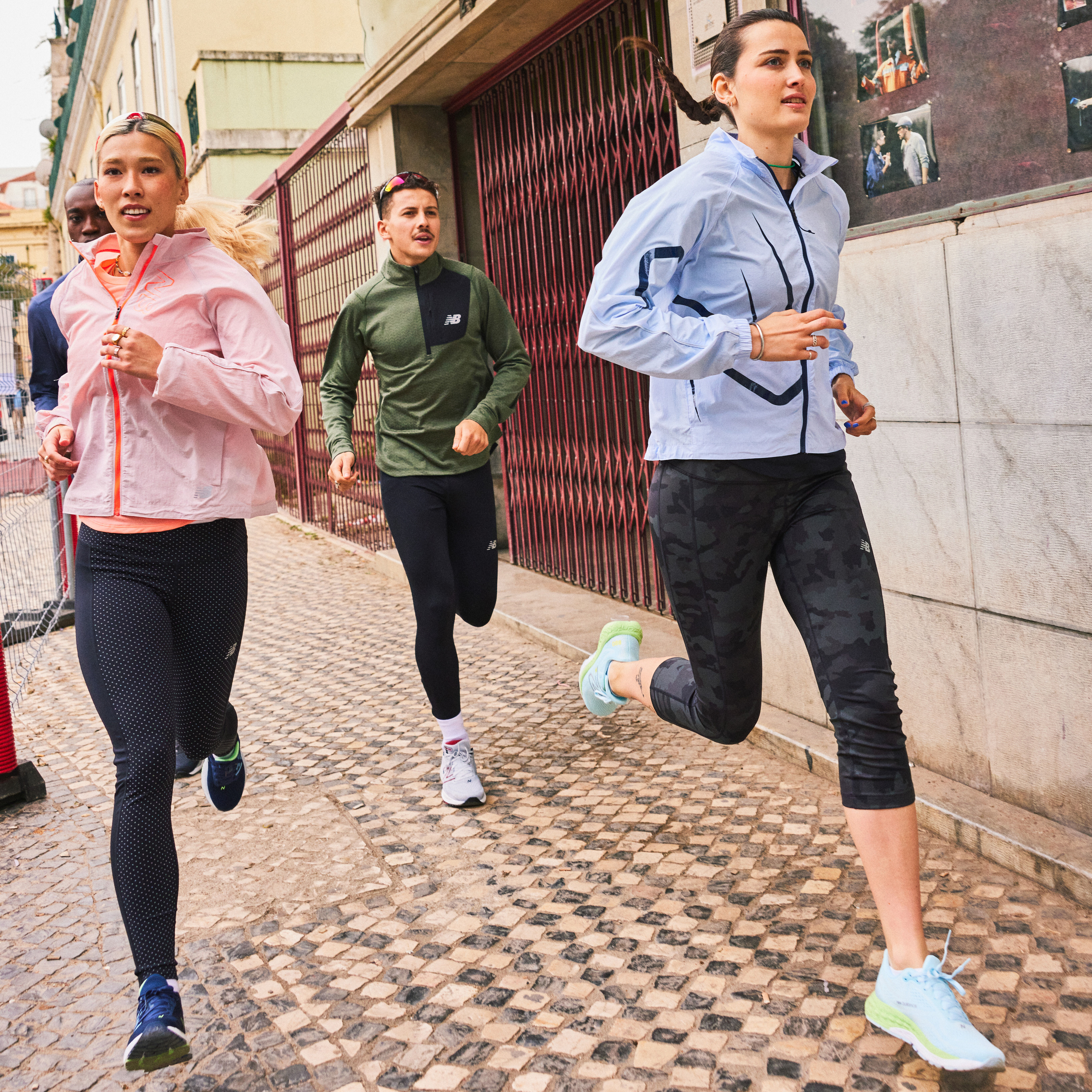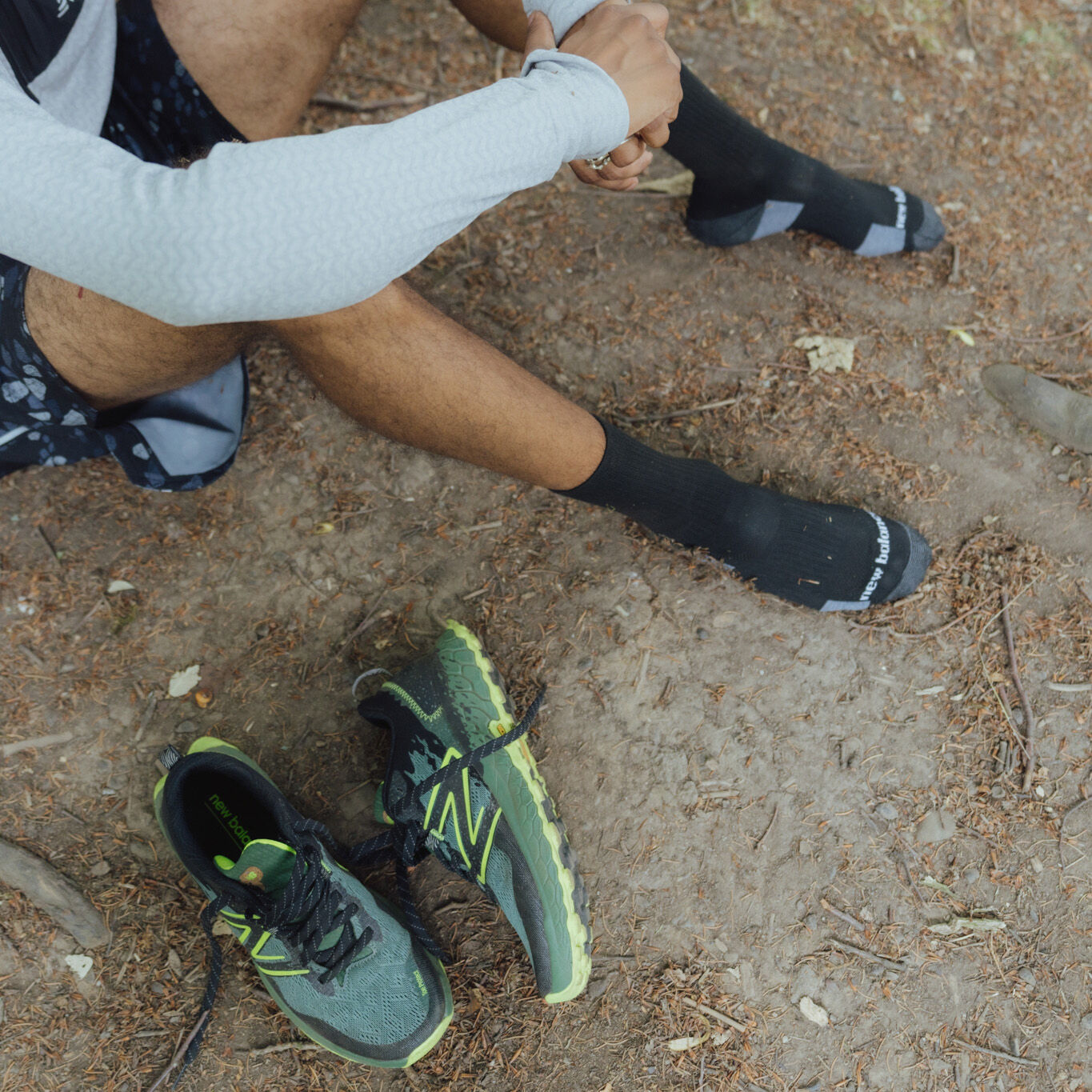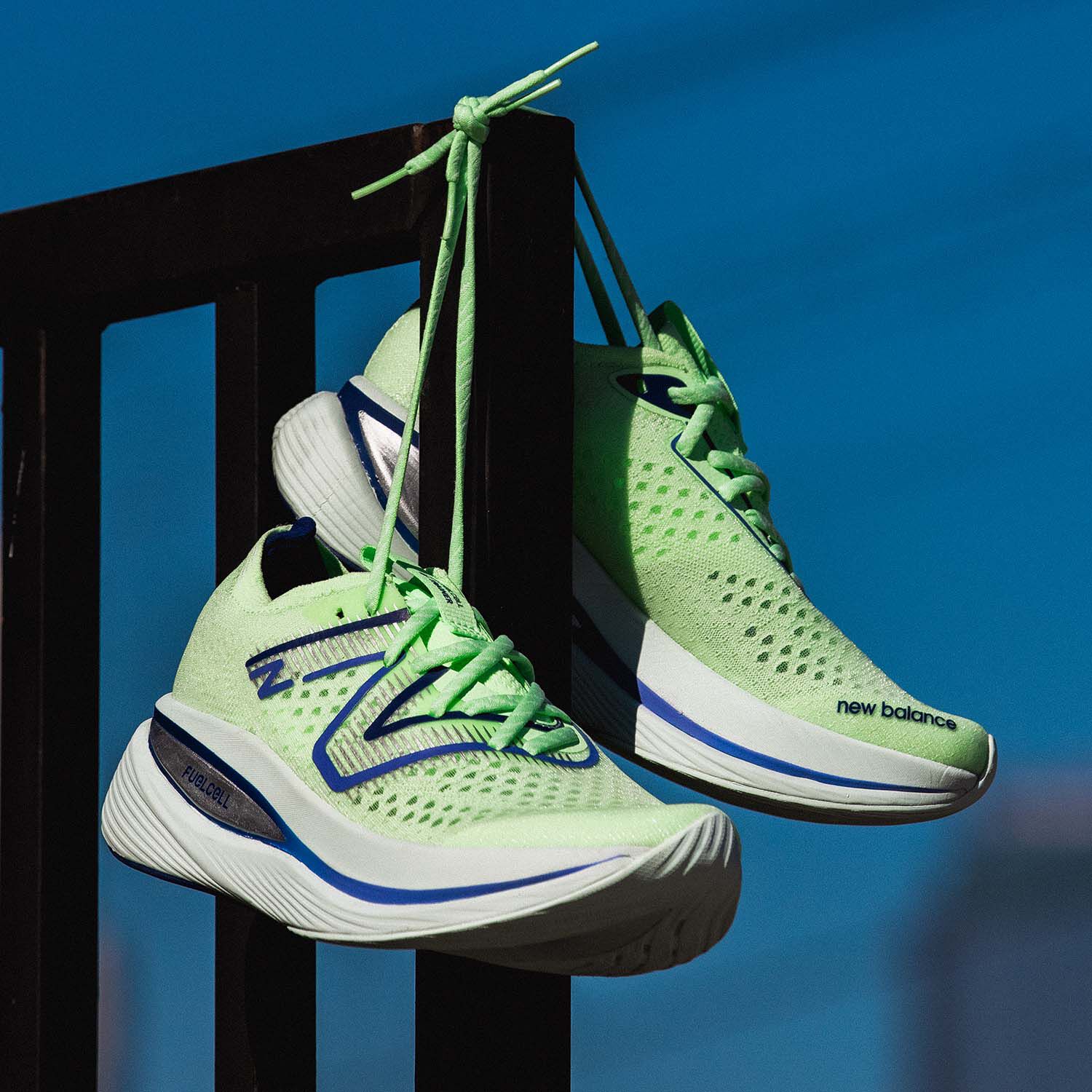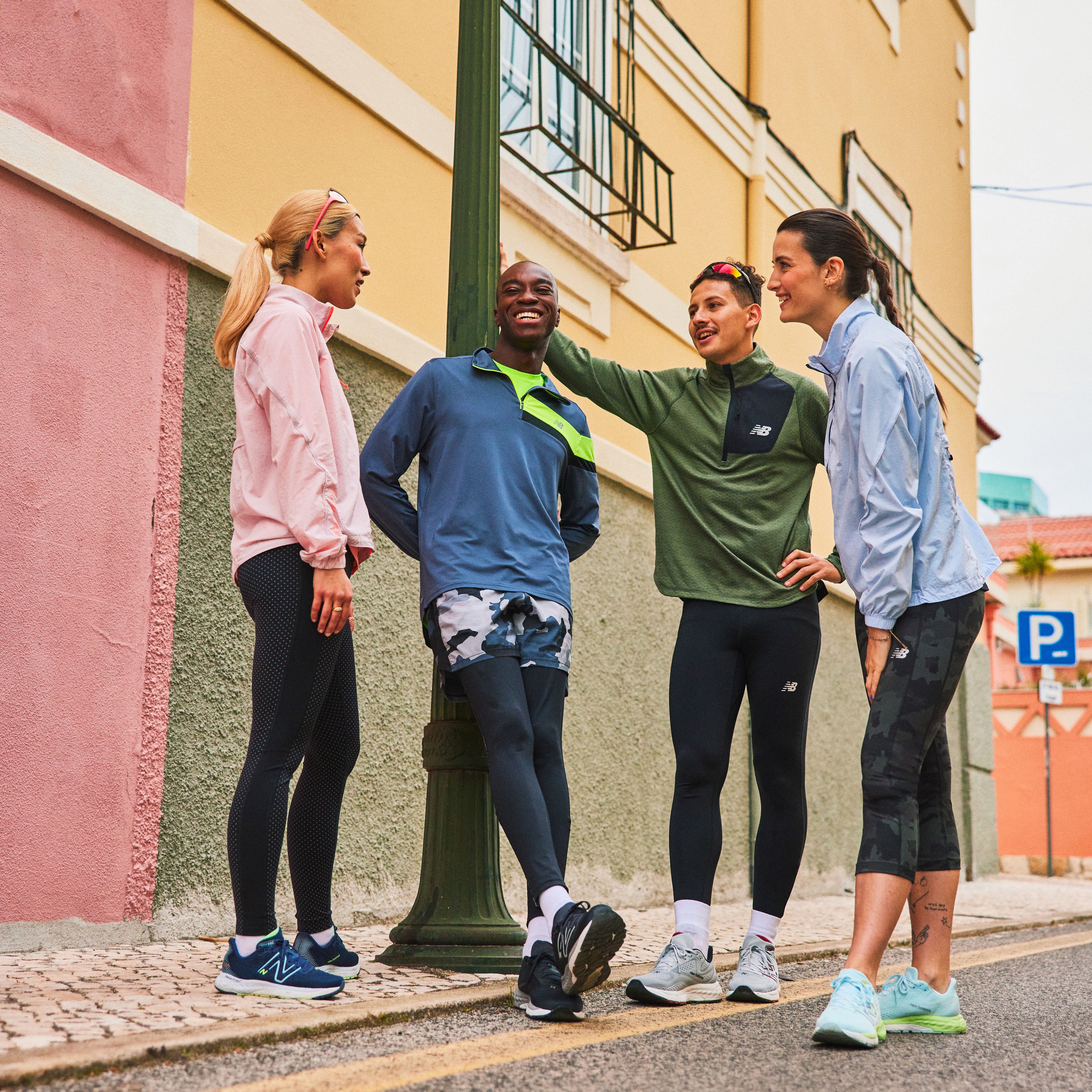
Getting ready for your next challenge
Nothing can disrupt a running routine like a sprained ankle or a painful knee, so if you’re keen to keep it up — it’s time to get technical.
The couch to 5k training plan builds your strength, endurance and fitness gradually. But as you challenge yourself to tougher, faster runs, you’ve got to pay attention to your technique. If you’re holding yourself wrong
or hitting the ground with your feet in an awkward position, your runs are going to hurt. Even worse, you’re likely to get injured.
A few pointers to getting your body position right:
• Keep your head up, looking forward at the road ahead
• Your body position should be upright (or leaning slightly forward)
• Relax your hands, a clenched fist causes tension right up the arm
• Be aware of how your feet strike the ground. If you hit with your heel first, make sure you’re connecting with the ground directly underneath your body. If you overreach — throwing your foot out in front of you — it can put more pressure on your joints.
This is also the time to invest in a good pair of running shoes. The pair you wear will have a big impact on how comfortable you are when you run and how you run. Go for dedicated running trainers, and make sure you buy a pair that are right for you and the kind of training you want to do.
Shoes are the only piece of kit you really need, so make sure they’re worth it.
Train for a longer distance
The next logical step after the couch to 5k is, of course, a 10k, although if you’re feeling ambitious there’s nothing to stop you from training for a half or full marathon — giving yourself 4-6 months to prepare.
Training plans will guide you in how to prepare your body for longer distances, but what they won’t do is tackle the ennui that can come from running — often the same route — for hours each week.
Staying motivated is down to you. Do whatever you need to overcome that nagging voice in your head that says, “Today could just be a rest day…”. In the end, it’s worth it.
• Sign up for a race. You’ve got a distance, you’ve got a deadline, and if you do it for a good cause you’ve got all the more reason to make sure you cross that finish line.
• Keep it social. If running with people spurs you on, join a local running club, or mix up your training with a park run at the weekend.
• Don’t stick to the same route — running in new locations will keep things fresh and challenge your body to different terrains and elevations.
• You’ll be amazed at how you end up negotiating with yourself over a run — especially a challenging one. So instead of ignoring yourself, hone into that instinct and use it as a motivational tool. Promise yourself a drink at the end of the day, new gear for your next long run, or even just the opportunity to listen to a killer playlist.
• Comfort is key. Being on your feet for any length of time can be uncomfortable, so if you’re training to run long distance look for shoes with enough cushioning to keep your feet from hurting.
Keep in mind — you won’t be able to finish longer distance runs at the same speed you can conquer a 5k (straight away, at least), so build up slowly and make sure you recover properly before each increase in distance.
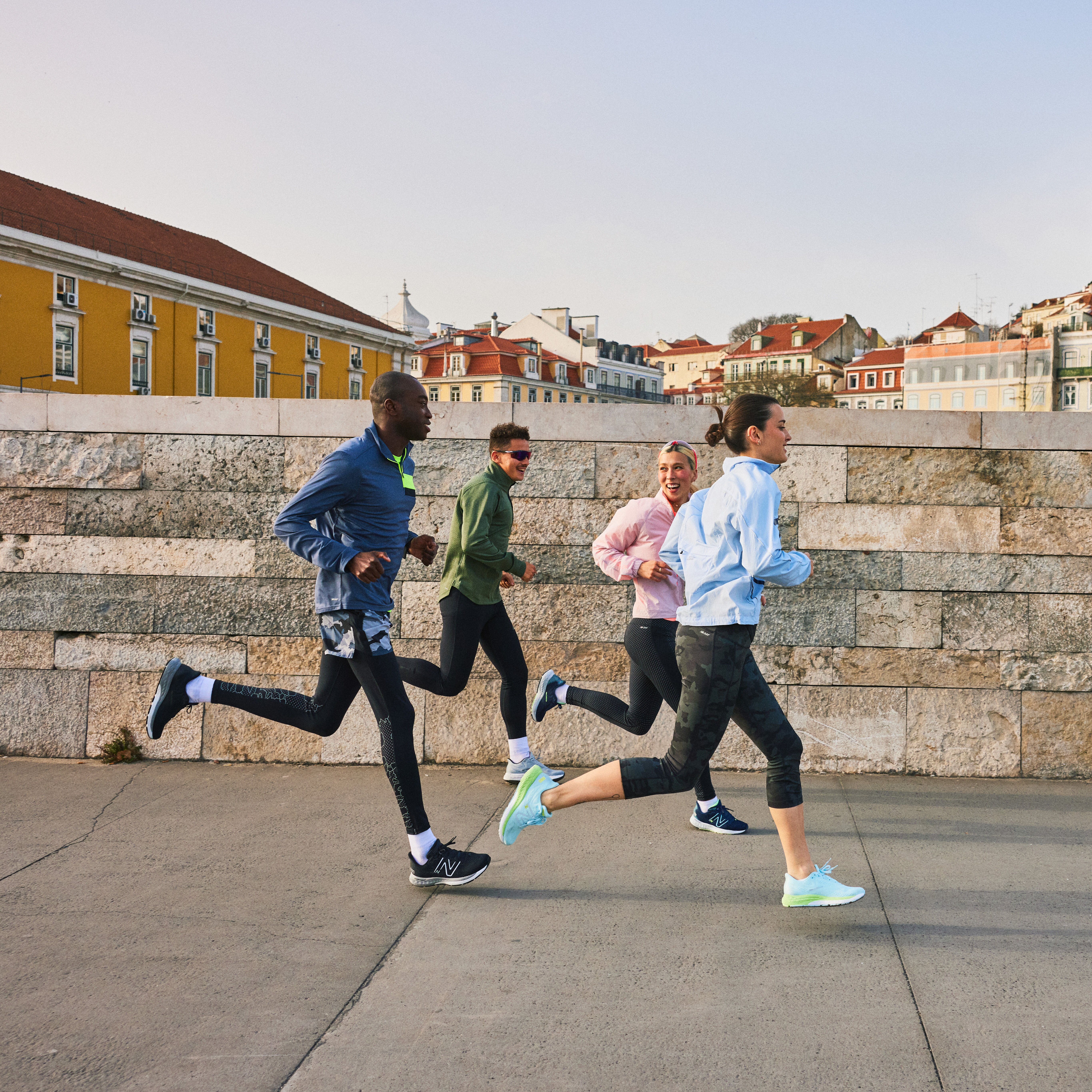
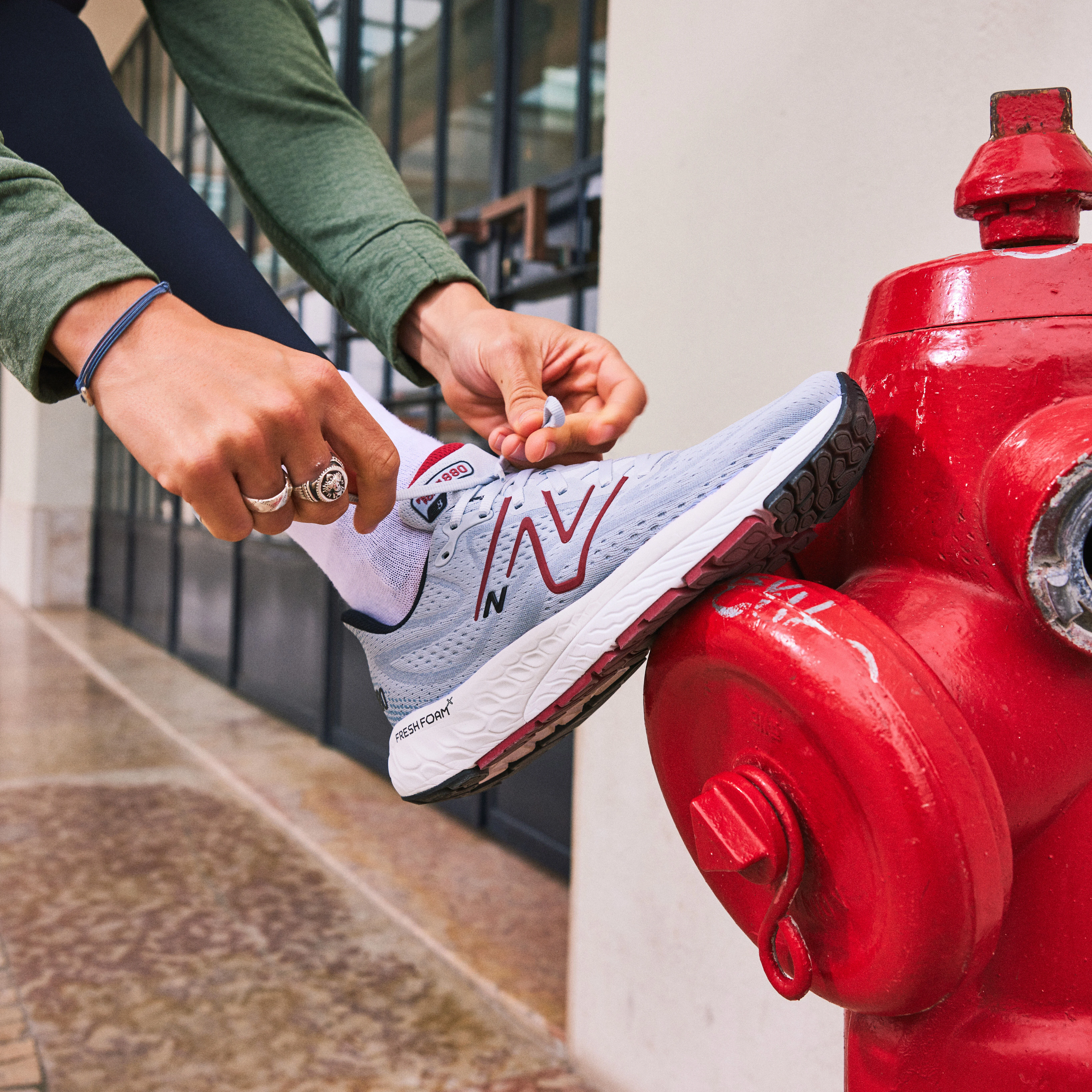
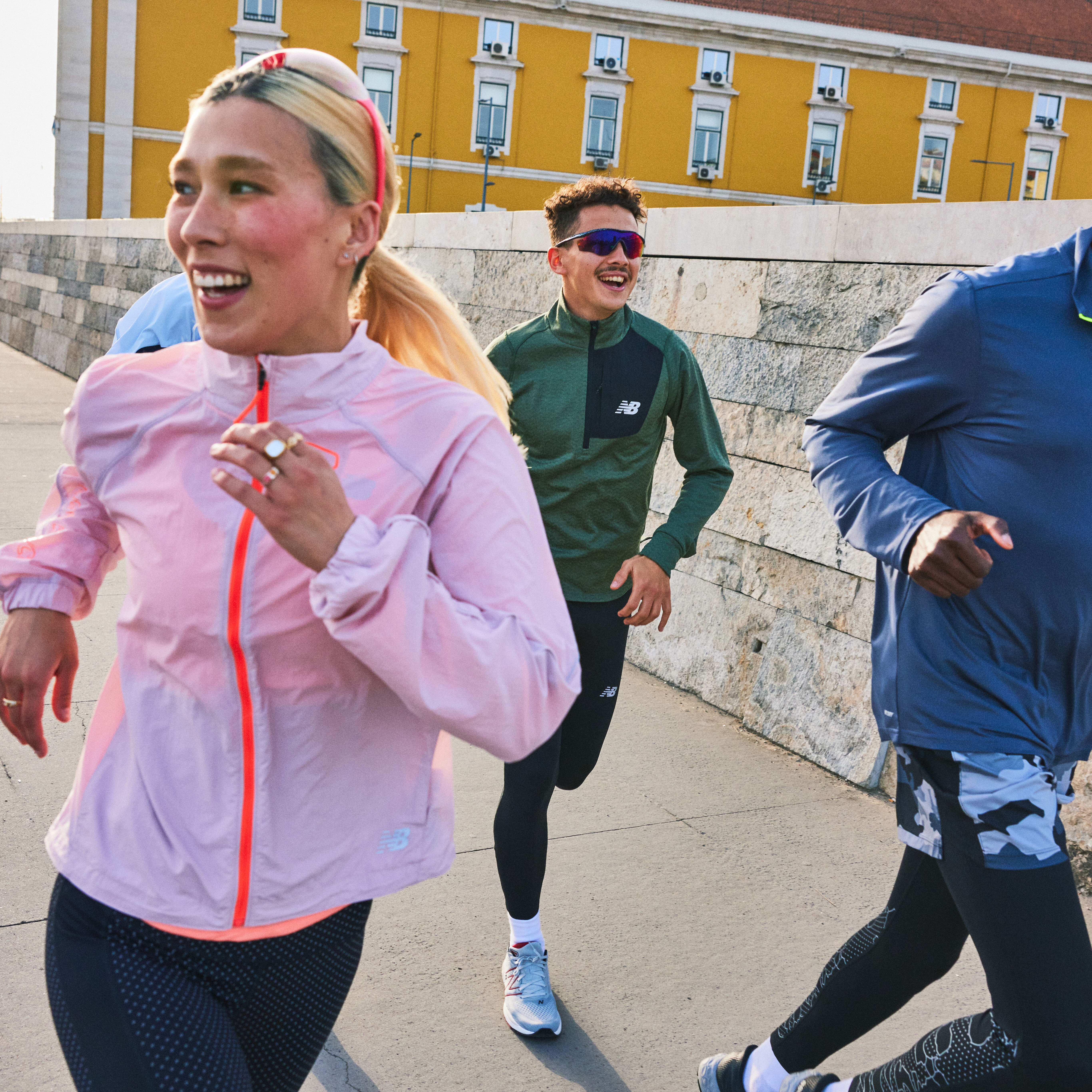
Run 5k, faster
It’s easy to think that all it takes to improve your speed is to keep doing what you’re doing — you’ll get faster naturally, right?
Well, it’s a little more complicated than that.
Once you’re managing 5k with relative ease, it’s often less challenging to extend your distance than to significantly improve your pace.
That’s because running at speed (sprinting) and sustained running affect our muscles in different ways, activating some muscle fibres more than others.
To improve your speed, you’ll want to undertake another 5k running plan — this one designed to train your intermediate and fast-twitch muscle fibres,
which means you’ll be running faster for shorter bursts.
Fartlek (the Swedish word for ‘speed play’) means running at different speeds over different distances and can help you improve pace if you’re preparing for a 5k race. It involves mixing short stretches of slightly faster running with easy-effort pace in-between. Make a note of landmarks and challenge yourself to run faster as you travel towards them, before recovering at a slower pace.
You should include at least one speed-training run in your weekly routine if you want to improve your pace. But remember, increasing your speed changes how you run, so don’t push yourself too hard and keep your technique controlled to avoid injury. Above all? Don’t burn out.
Keeping up the habit
Whether or not you’ve been bitten by the running bug, there’s no doubt you’re feeling the benefits of regular exercise — and why give that up?
If you’re not interested in amping up your distance or speed and would find training for a race more mortifying than motivating — don’t worry.
The same basic principles apply:
Focus on your technique
The right form and the right shoes will go a long way to keeping your runs comfortable and you free from injury.

